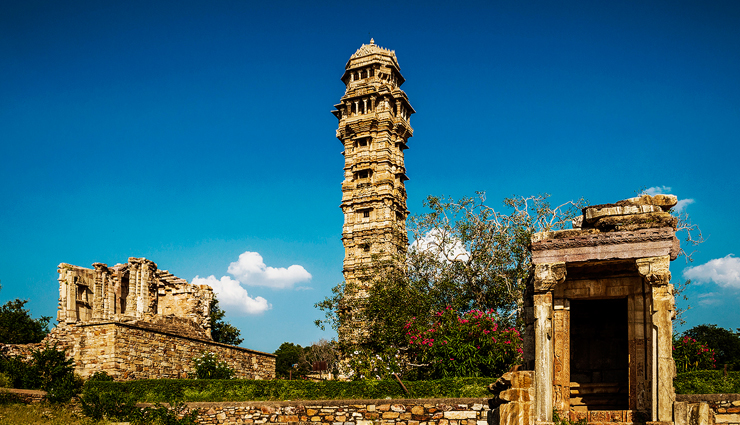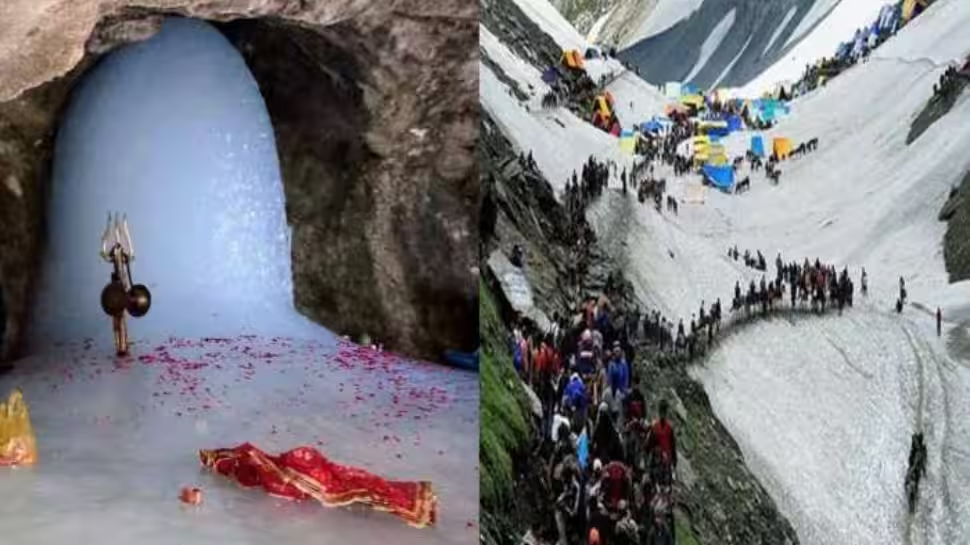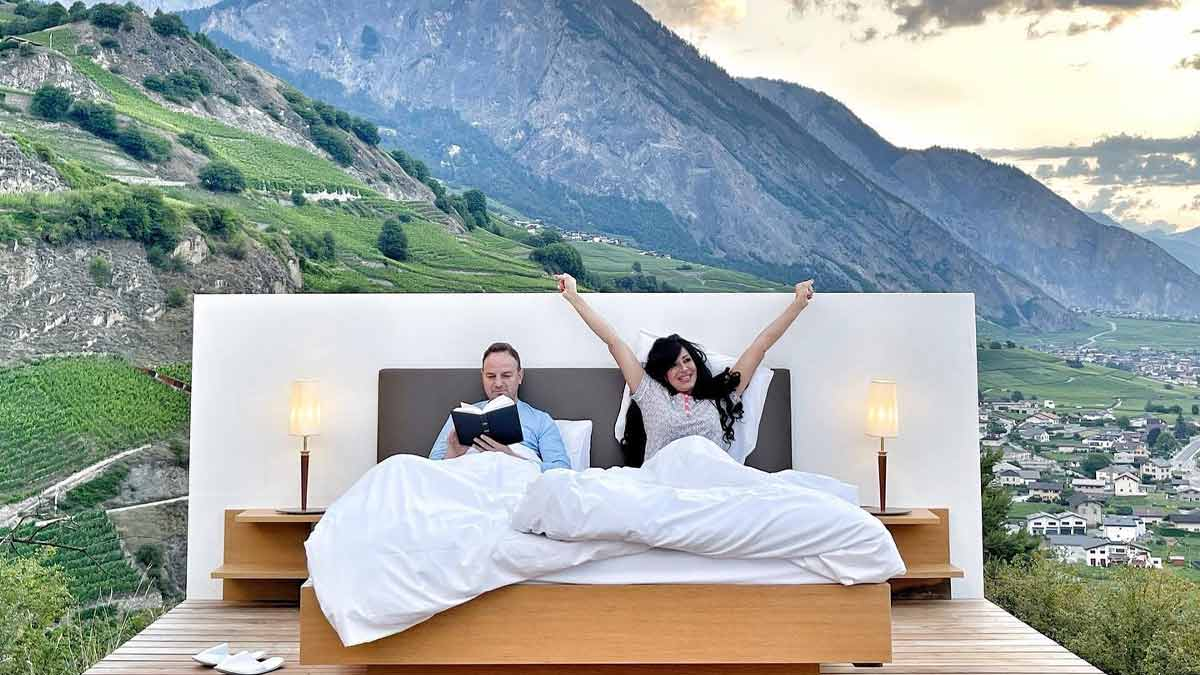One of the most interesting histories of the world is the history of India in which many such buildings developed which remain the identity of India today all over the world. One of these is the 'Gateway of India' which is also known as the Taj Mahal of Mumbai. The Gateway of India is a historical monument built during the 20th century in India. Whatever the season, the Gateway of India is one of the favorite hangout spots for tourists. European architecture can be seen most in Indian history after Mughal architecture, the best example of which is the Gateway of India. Today in this episode, we are going to tell you about important information related to 'Gateway of India', about which you would hardly know.

History of Gateway of India
The construction of the Gateway of India was started in 1911 when King George V of England and his wife Queen Mary visited India. It was built by architect George Wittet as a memorial to the Mumbai port. Although George V and his wife Queen Mary could only see a model of the structure of the Gateway of India as its construction did not begin until 1915, it was completed in 1924.
The architecture of Gateway of India
This gateway was built with yellow basalt and concrete. The structural design of the Gateway of India is made in the form of a large arch with a height of 26 meters. The architectural style of the Gateway of India is designed in the Indo-Saracenic style. Traces of Muslim architectural styles can also be found in the structure of the grandiose building. The diameter of the monument's central dome is approximately 48 feet, with a total height of 83 feet. The construction of the Gateway of India was done by Gammon India Limited. Because at that time it was the only manufacturing company in India recognized in all fields of civil engineering.
Features of the Grand Arches of the Gateway of India
The height of the grand arch of the gateway is 85 feet while that of the central dome is 83 feet in height and 48 feet in diameter. There are large halls on either side of the arch of the gateway which can easily seat 600 people at a time. Large halls with a capacity of 600 people are built on each side of the arch. Mainly built in the Indo-Saracenic architectural style, the arch of the monument is of the Muslim style. But the decoration is of Hindu style. The monument becomes even more spectacular at night when it is illuminated. It offers spectacular views of the Arabian Sea and the Taj Hotel which are located nearby. Presently, the monument is under the control of the Archaeological Survey of India (ASI).
Interesting facts about Gateway of India
After India got independence, the last British army went back through the Gateway of India. This monument is called the gateway of India for ships coming through the Arabian Sea.
A total of 21 lakh rupees were spent in the construction of Gateway of India and the entire expenditure was borne by the Government of India.
The Gateway of India has four turrets which were made of the lattice.
The Gateway of India defines the grandeur of the city of Mumbai which is the culmination of both the historical and modern cultural environments.
In front of the Gateway of India, there is a statue of Maratha king Chhatrapati Shivaji Maharaj, which displays the symbol of the pride and courage of Marathas.
It is believed that the height of the Gateway of India is equal to eight floors.
Places to visit near the gateway of India
Hathi Gufa: Hathi Gufa is located very close to the Gateway of India, which is accessible by motor boat. If you are going to see the Gateway of India, then you must also visit Hathi Gufa. Also, the Taj Mahal Hotel is the most prestigious and luxurious in India and is located close to the Gateway of India.

Colaba Causeway Market: This market is the best to enjoy street shopping in Mumbai. You can buy clothes from here at very low rates. There are many fashionable boutiques and buildings from the British times which are tourist attractions.
Walkeshwar Temple: This Walkeshwar Temple, popularly known as Baan Ganga Temple, is located near Malabar Hill in South Mumbai. It is also the highest point in the city. There is a small pond near the temple. Its name is Bangangatank. The story of this temple is related to the Ramayana and the name Baan Ganga is derived from a story related to the legend. There is a lot of crowd in the temple on the new moon and full moon days.
Nehru Science Centre: You can find art shows, science exhibitions, and some international-level events here. If you have a sense of science, then you must visit this place.
Chhatrapati Shivaji Maharaj Vastu Sangrahalaya: Established in 1900, this museum is famous in Mumbai. The primary purpose of establishing the museum was to welcome Edward VIII and the Prince of Wales for their visit to India. This place is situated near the Gateway of India. Earlier the museum was known as the Prince of Wales Museum of Western India but was renamed Chhatrapati Shivaji Maharaj Vastu Sangrahalaya in 1998.
Best time to visit Gateway of India

Tourists can visit the monument at any time of the day. The best time to visit the Gateway of India is during the period from November to March. Because the weather after the monsoon is very pleasant and pleasant. And there is very little chance of rain at that time. The Gateway of India remains open throughout the week. And along with that also tell that there is no ticket or fee here. The Gateway of India opens at 7 in the morning and closes at 5:30 in the evening. People come here for attractive photography and sightseeing. Because this place is famous because of its history.










